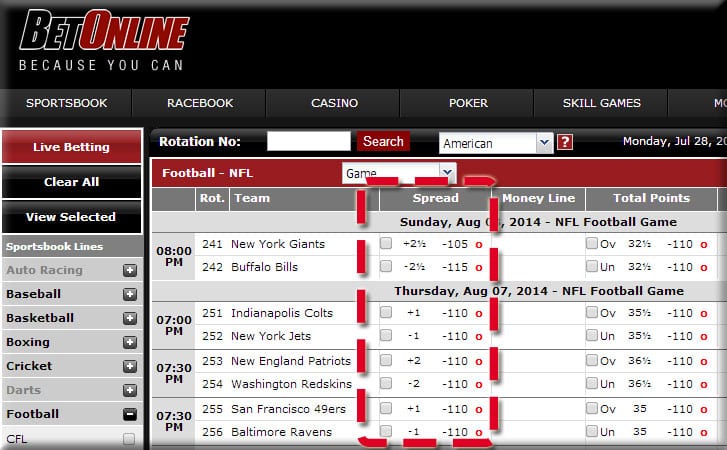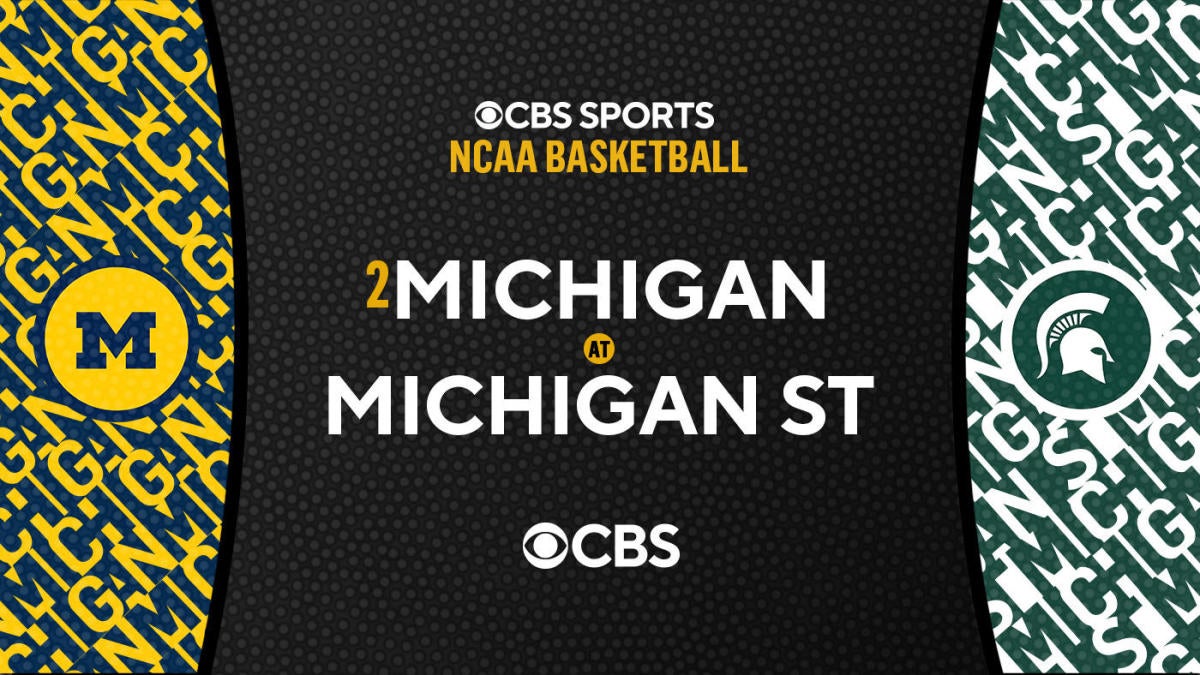What Does Point Spread Mean In Basketball
When you hear someone using the term “alternative line” in relation to basketball, they are referring to an opportunity in which the bettor can wager on a different point spread than. Those two things are the point spread and the money line. The point spread is applied to the standard form of football wagering, where you pick one of two teams to “cover the spread.” A number is applied to a game, with one team favored by that many points, while the opponent is an underdog by that same number of points. The point spread is often called the spread or the line. The over/under bet is also known as the total. And the all important rotation number, which is used to identify each team that is playing, can be called the number or the rotation mark.
- What Does Point Spread Mean
- How Does Point Spread Work In Nba
- What Does Point Spread Mean In Basketball
Betting on Basketball Point Spreads. Point spread betting is one of the most popular and simplest forms of basketball bets that you can place. While this is a seemingly basic bet, it is one of the most utilized bets even by professionals. Remember, the complexity of a bet does. So the point spread is used to bridge the gap. There are countless things that go into the formulation of a point spread and even more considerations for those looking to beat it. But simply understanding how it works is actually quite simple. When the point spread is used in football and basketball, the bet generally pays the same, regardless.
When you play the point spread, you are not betting whether your favorite NBA team is going to win or lose a game; you are betting how many points they may win or lose by.
Point spread betting can make the most lopsided game interesting. You can bet on the expansion team to rise to the occasion and not lose by 20, or wager that the defending champion will win in a blowout. Or maybe that underdog road team keeps it close against a heavily favored team playing on home court.


Point spread betting lines are recognizable by the use of the + or – symbols.
When a team has a point spread line with a plus sign (+), it indicates that the team must win the game outright or lose the game by fewer number of points than what is indicated in the line.
When a team has a point spread line with a minus sign (-), it indicates that the team must win the game by a greater number of points than what is indicated in the line.
A typical point spread betting line will look something like this:
Los Angeles Lakers +3.5
@ Toronto Raptors -3.5
What Does Point Spread Mean
With a point-spread line of 3.5, the Lakers must win the game outright or lose by three points or less to cover the spread and be graded as a win. Conversely, the Toronto Raptors must win by at least four points to cover and be graded as a win.


How Does Point Spread Work In Nba
At times, oddsmakers will set the point spread on a whole number like 3, 6 or even 10. In cases like these, if the favored team wins by the exact number set for the spread, the bet is considered “a push” and the risk amount of your bet would be returned to you. For example, if the Raptors were 7-point favorites and they won by seven points, any wager on the Raptors at -7 would result in a push.
Every now and then you’ll come across a game without a spread. This is called a pick’em where each team is given even odds to win the game. Since no points are given or taken away in a pick’em, the team that wins the game is the team that wins the bet.
What Does Point Spread Mean In Basketball
Your payout is determined by the moneyline odds attached to the point spread. A negative number (such as -170) shows how much money you must wager to win $100, while a positive number (like +150) shows how much money you will win if you place a $100 wager.
Typically, the odds given on the spread are -110 unless otherwise noted. Oddsmakers may adjust a line in the days and hours leading up to a game based on how bettors are responding to the line. This is done in an effort to balance the action.
You can also place point spread bets on a specific portion of a game – when first half, second half or quarter lines are offered.